How to Mix Concrete in a Bucket With a Drill [Step By Step]
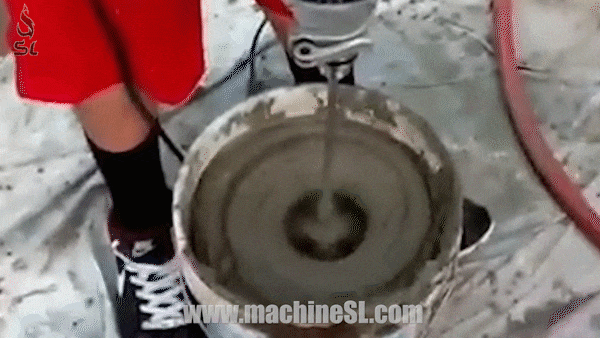
One of the most-widely known and used construction material is concrete. Concrete is very versatile that it offers not just strength but also durability, affordability and flexibility which can be formed in different size and shape. Concrete is one of the key component on various structural elements like, foundations, slab and beams.
What is concrete? Concrete is made by mixing four different binding material, cement, aggregates, admixtures and water in specific proportions. The strength and quality are dependent on mixing it properly and its ratio.
Now that we are into it, how do we mix concrete in a bucket with a drill?
mix concrete by 3 ways
Contents
Prepare Your PPEs, Material And Equipment
- Concrete mixture (cement, aggregates, admixtures and water)
- Bucket
- Drill and mixing accessory
- Shovel or trowel
- Rubber Gloves
- Particle Mask
- Eye wear
Prepare The Bucket
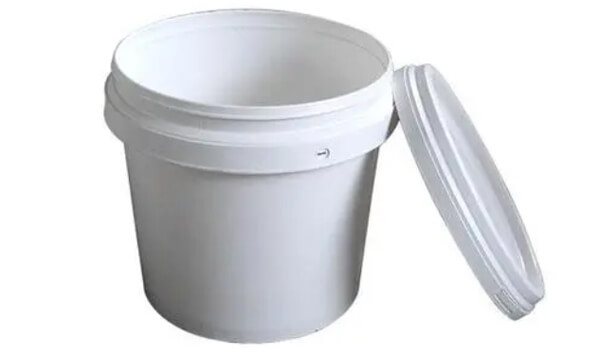
You may think it is not necessary but making sure that your container is free from dirt and any other foreign particle that may contribute to the design strength of your concrete mixture.
Remove excess dirt and make sure the inside is sufficiently wet.
Put Into The Bucket Your Concrete Mix
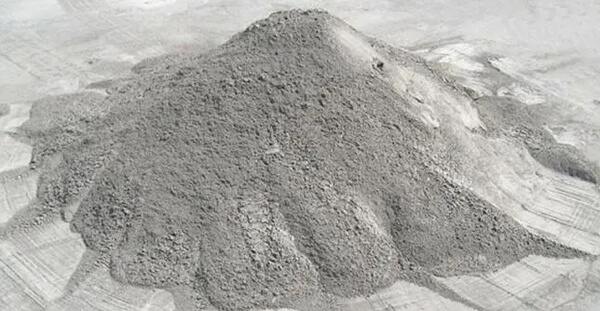
If it is your first time making concrete, make sure that you have done some trial mixes before proceeding with making a large batch so you can avoid overmixing or under mixing your concrete.
Remember that your concrete greatly depends on the proportion of cement, aggregates, admixtures and water. Under this are some of the common and usual concrete mixture.
Normal Grade of Concrete
- M5 – Mix ratio: 1:5:10 – Compressive Strength: 5 Mpa / 725 psi
- M7.5 – Mix ratio: 1:4:8 – Compressive Strength: 7.5 Mpa / 1087 psi
- M10 – Mix ratio: 1:3:6 – Compressive Strength: 10 Mpa / 1450 psi
- M15 – Mix ratio: 1:2:4 – Compressive Strength: 15 Mpa / 2175 psi
- M20 – Mix ratio: 1:1.5:3 – Compressive Strength: 20 Mpa / 2900 psi
Dump the required proportion of the concrete mixture and follow the manufacturer’s direction then slowly add water into the mix.
Affix The Attachments to The Drill And Use It to Mix The Concrete Mixture Slowly
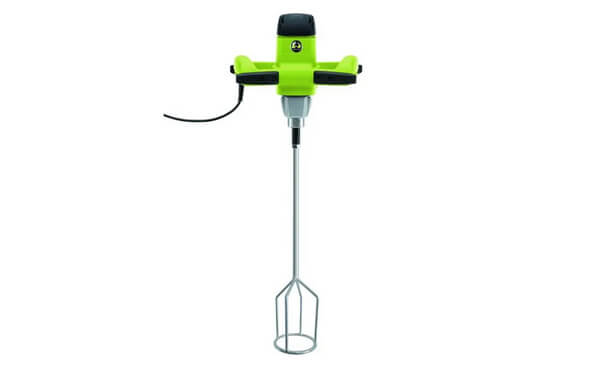
If needed, slowly pour remainder of the water. Blend the material until the concrete mixture is in uniform color. If there are clumps, break them apart as necessary and if not, pick it up and toss it.
Scrape the sides and bottom of the bucket as you go, making sure you don’t leave any dry material. Until the mixture is in workable consistent, add necessary adjustment of water according to the manufacturer’s direction. Do not allow any dry pockets.
Now that everything is mixed up, use it as desired
Clean Out The Mixing Bucket With Water

Do not allow the concrete to be left on the container as it can be hard to remove once hardened.
Don’t pour it directly to the drain as it can clog your drain due to the different aggregates and that the cement may also dry up.
Composition of Mixture
Now that you have known the basic steps in mixing concrete, you make have other questions. Let us break it down first with your concrete mixture. As discussed, concrete mixture is made up of cement, aggregates, water and admixture if necessary.
Cement
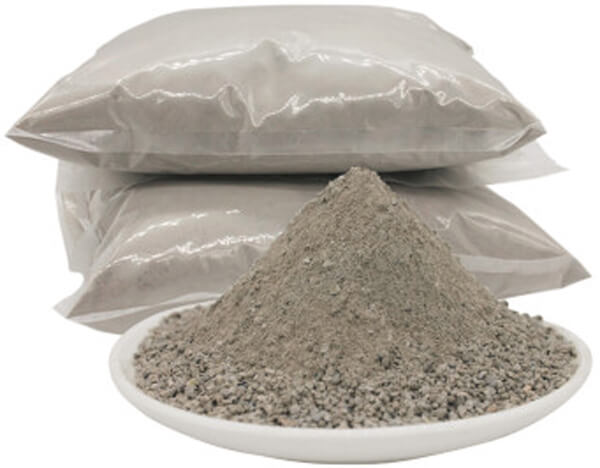
The properties like the strength, durability and workability depends on the ratio of the cement, aggregate and water mixture. The cement mixture achieves its desired properties as it hardens over time. There are different type of cement used in different purposes.
- Ordinary Portland Cement – OPC is an excellent binding material to different structural elements. Ordinary Portland cement can be used not only for concrete but also in mortar for joining masonry and plaster to create a smooth finish of different surface like walls and ceilings.
- Portland Pozzolana Cement – PPC has finer particles compared with OPC which results to lesser water content required and will have high durability. The PPC can be used for marine structures, sewage works, bridges, dams and during mass concreting works.
- Quick Setting Cement – QSC is also known as rapid hardening cement because it gains its strength quicker as it hardens,
- Blast Furnace Slag Cement
- High Aluma Cement
- White Cement
Aggregates
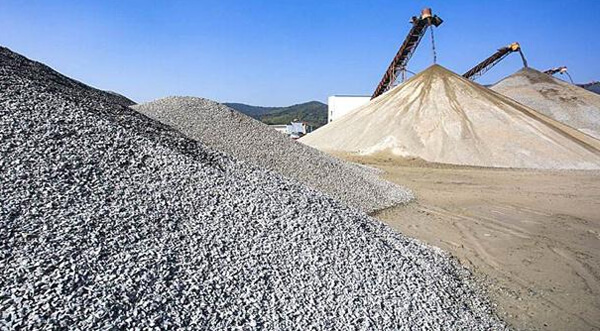
Aggregates helps your concrete mixture to be more stable and compact. Aggregates make up 60-80% of the volume of concrete and 70-85% of the mass of concrete. Aggregates are classified into two kinds, the fine aggregates and coarse aggregates. Fine aggregates have a diameter less than 4.75 mm which can pass through a #4 sieve and is retained on a #200 sieve.
Some examples of fine aggregates are sand, surki, stone screenings, burnt clays, cinders, fly ash, etc. For coarse aggregates, are those that are greater than 4.75 mm. These are the materials that are retained in a #4 sieve. Some examples of coarse aggregates are brick chips (broken bricks), stone chips (broken stones), gravels, pebbles, clinkers, cinders etc.
Water

Water is essential in concrete mixture because it initiates the reaction between the particles. It increases the bond between cement, aggregates and admixture which allows the particles to react and achieved the designed strength once cured or hardened.
Remember that adding too much water may also increase the slump which will result to more shrinkage.
Admixtures
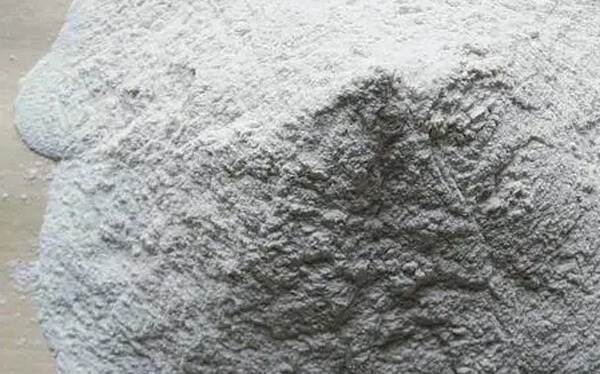
Admixtures are not necessary in your concrete mixture but can help improve your concrete. It can improve specific behavior of concrete as it cures. Admixtures can be air-entraining, water-reducing, retarding, accelerating, and plasticizers.
The effectiveness of an admixture depends on several factors including: type and amount of cement, water content, mixing time, slump, and temperatures of the concrete and air.
Power Drill
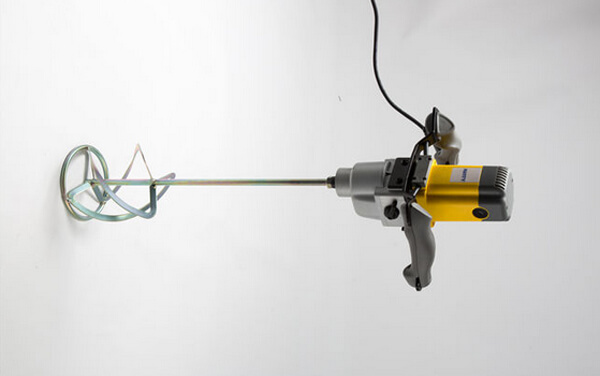
Now let’s talk about your power drill.
A mixer drill is a type of drill with paddled attachments or blades that help in the mixing of concrete. The shape of the paddle or blades depends on the components that make up your concrete. The design of a mixer drill ensures the best mixing of your content. The power and speed of a mixer drill depend on different characteristics.
For mixing concrete, a normal drill may be not applicable as it is only designed to mix small batches and in short span of mixing time. Using it for concrete mixing, may cause your drill to overheat and possible destroyed. There are dedicated power drills applicable for concrete mixing which is designed for mixing concrete mixture in long period of time and in big batches.
Ideally, your power drill should be of minimum 1300 watts. This power drill should be able to mix big batches without it overheating. The speed of rotation should be at least 500 rpm or some of the high-end power drill which can have a rotation speed of 700 rpm.
If able, you can choose power drills with adjustable rotation so that you can manipulate the rotation speed in your liking, maintaining control of the quality of your mixture.
Conclusion
Making concrete has its crucial parts before achieving its advantages. One should be knowledgeable with the materials needed and what specific type that needs to be used in designing your concrete strength.
Just to be safe, a trial and error should be done in mixing and testing your concrete before proceeding with big batches.
Allow your concrete to cure at least 24 hours up to 48 hours to allow the concrete to harden. Wait until 28 days which is the stage where your concrete is fully hardened as has achieved its designed strength.
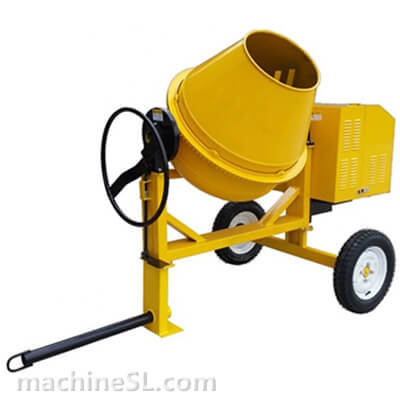
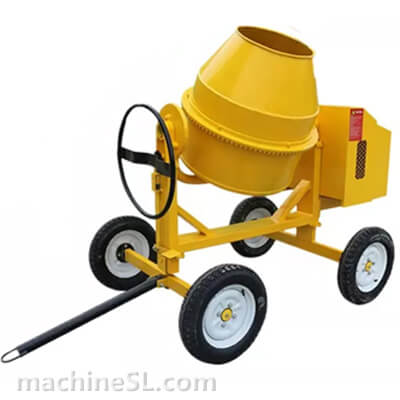
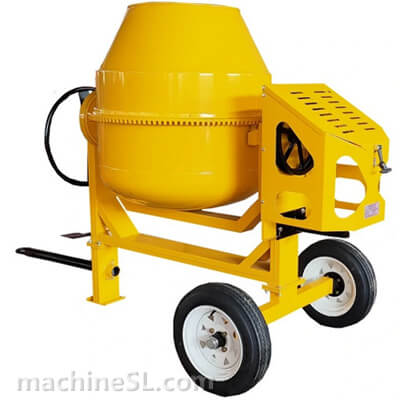
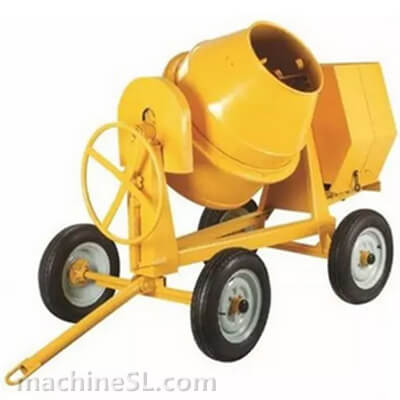
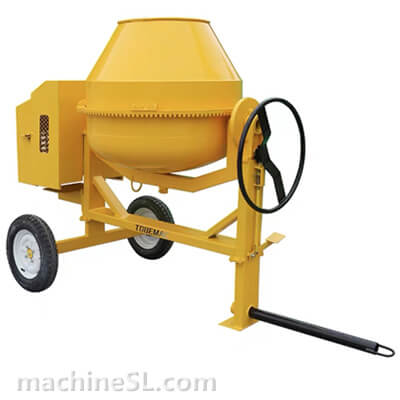
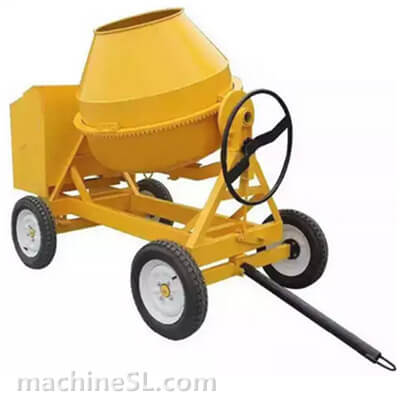
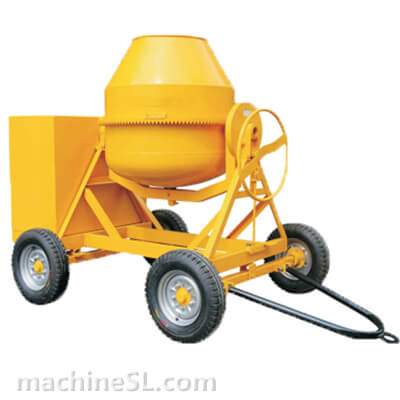
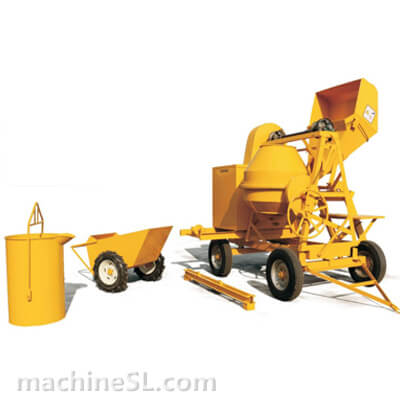
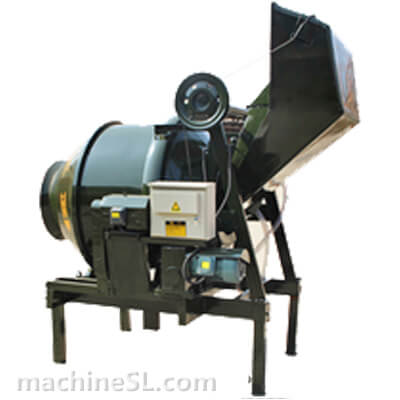
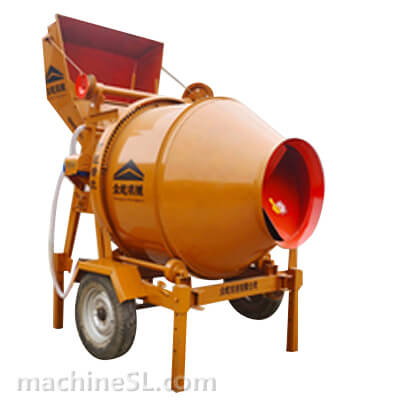
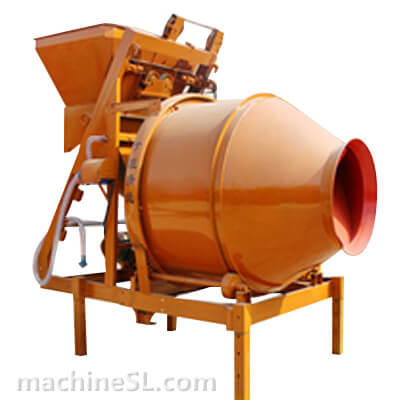
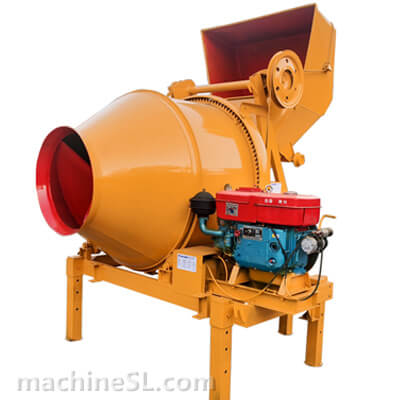
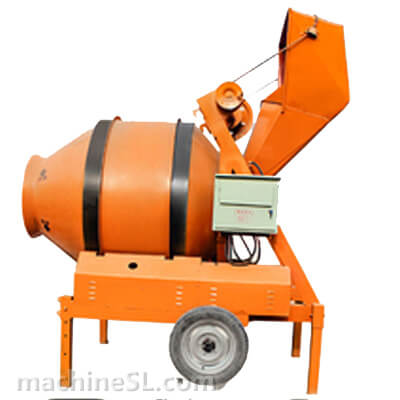
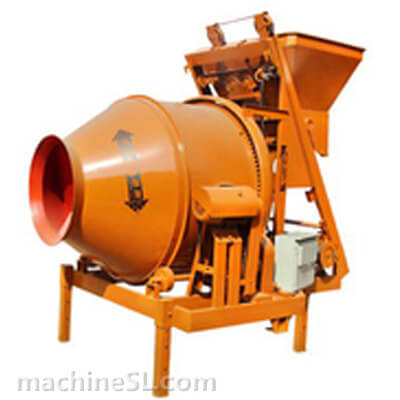
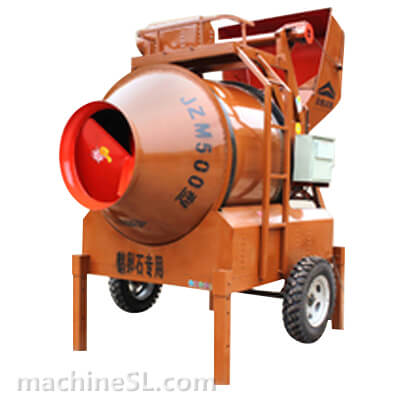
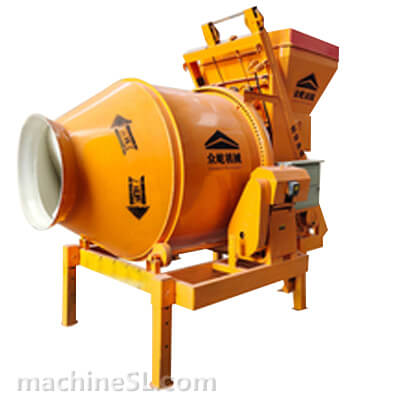
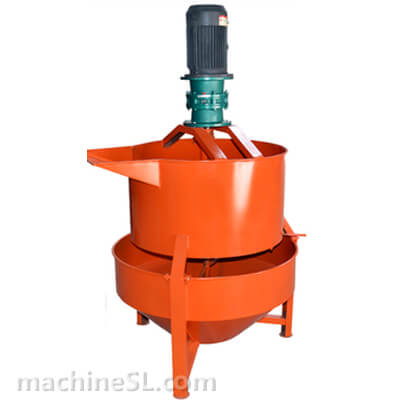
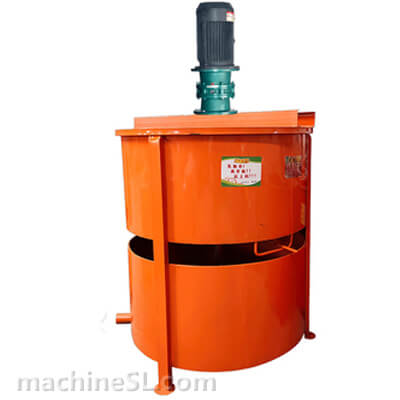
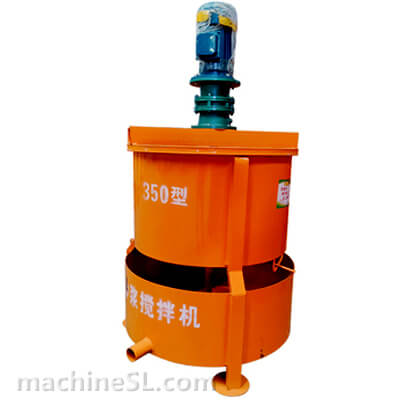
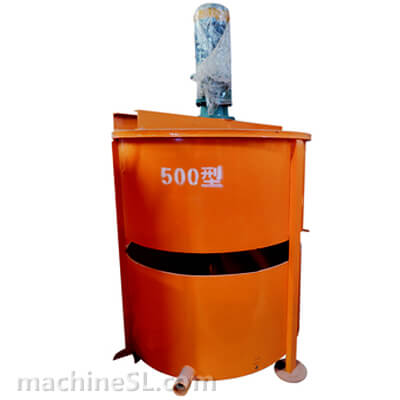
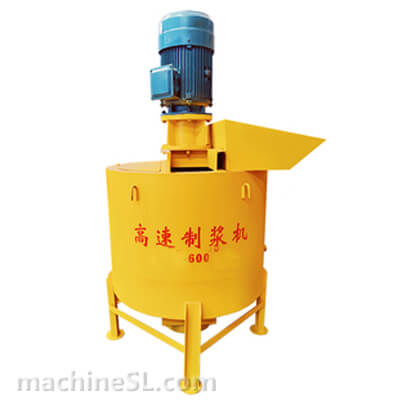
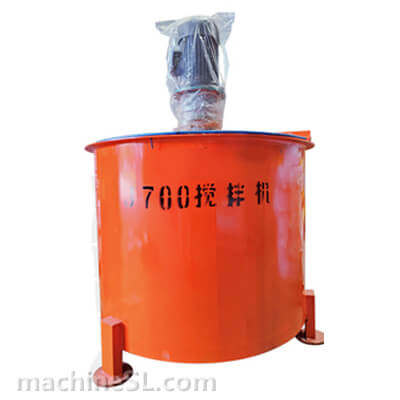
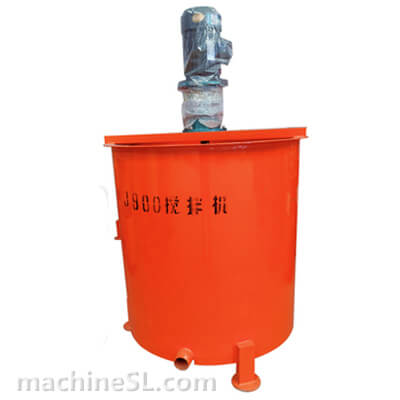
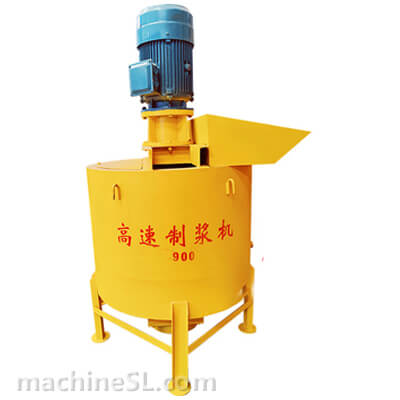
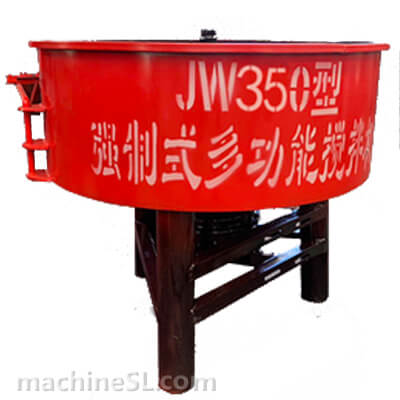
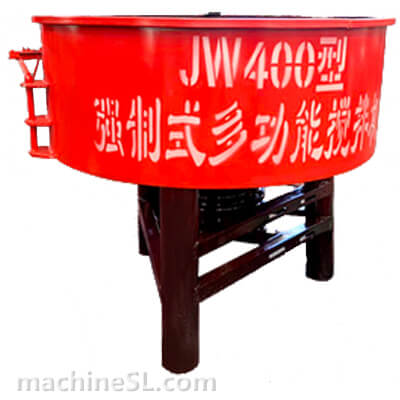
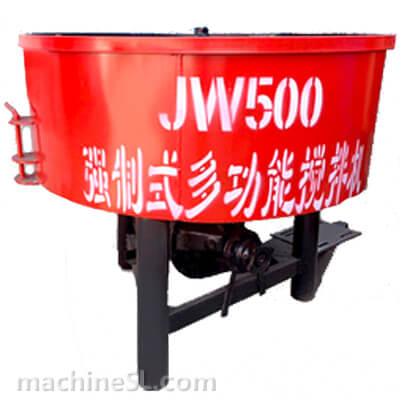
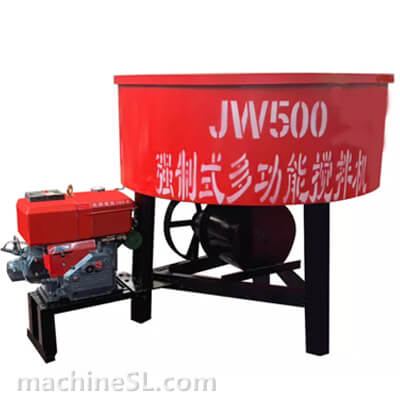
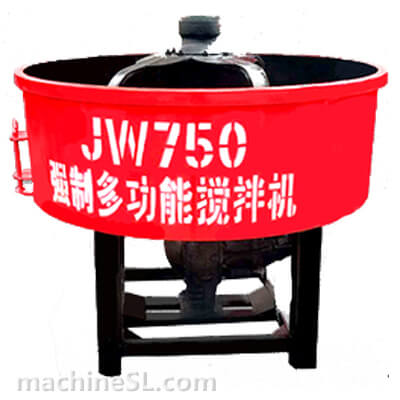
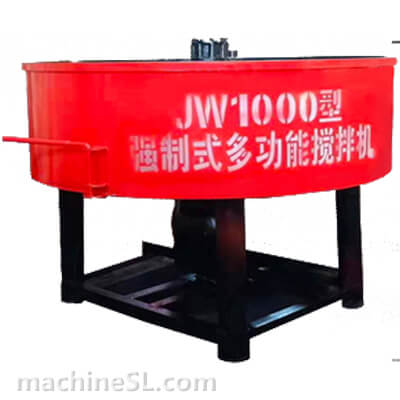

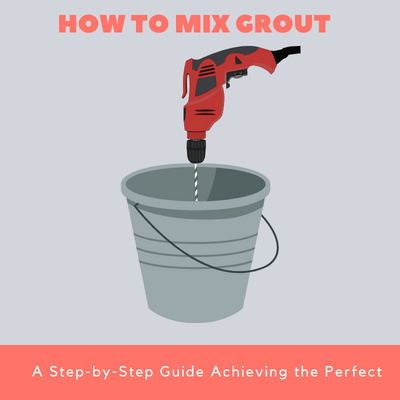
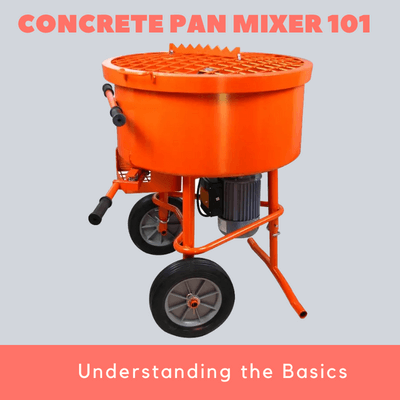
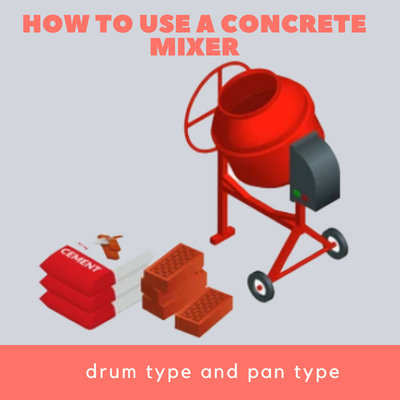
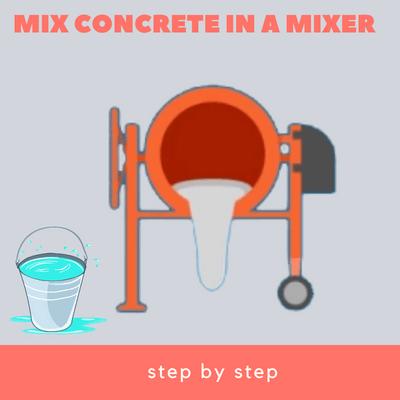
Leave A Comment